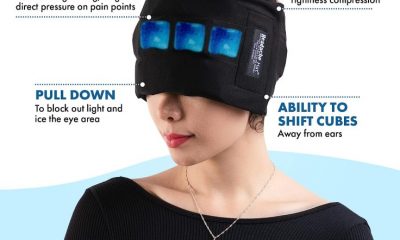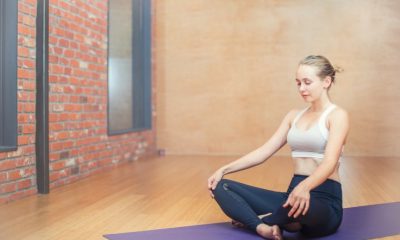Researchers have developed a huggable cushion device that mimics breathing, and it has been found to be as effective as guided meditation in easing anxiety in a preliminary study.
About a third of people are affected by anxiety disorders in their lifetime, according to the authors of a new paper published in PLOS ONE. In fact, anxiety disorders are said to be the ninth leading cause of global disability.
While there are available treatments for anxiety disorder — from pharmacological interventions to talk therapy — therapy tends to be costly, while medications can have negative side effects. Furthermore, even people considered “healthy” also experience bouts of anxiety “regularly.”
“Therefore, a non-pharmacological, intuitive, home intervention would be complementary to other treatments and beneficial for non-clinical groups,” the researchers wrote, citing home remedies such as meditation and audio/visual stimuli.
Another area of research that researchers noted to have “potential” but remains “under-explored” is the tactile or touch-based domain. An example of such devices would be Paro the seal, which the Public Library Of Science (PLOS) noted to be an interactive therapeutic robot.
Initially, the researchers created five cushion prototypes that simulated various behaviors such as breathing, heartbeat, purring and a combination of breathing and purring. A focus group identified “breathing” as the “most pleasant to interact with,” describing it as “soothing” and “calming,” so the team developed the final prototype, which is a larger huggable cushion with the sensation.
To test it, the researchers conducted an experiment wherein they induced anxiety in 129 participants aged 18 to 36 by asking them to perform hard math while their peers were watching.
“During examination periods, students’ state anxiety increases significantly and can become acute or cause longer term anxiety symptoms,” the researchers wrote.
The participants were assigned to the control group, the breathing meditation group or the cushion interface group. Those in the control group did nothing before the condition phase began, while the meditation group did a guided breathing exercise “undisturbed via headphones.” The group with the cushion interface were tasked to hug it upright to their chest and wear headphones to block distracting sounds.
Using the pre- and post-test questionnaires, the researchers found that the ones who used the cushion had reduced state anxiety pre-test than the control group. In fact, the cushion was as effective as the guided meditation in reducing state anxiety.
According to the researchers, their work shows that the cushion interface should be studied further as an anxiety aid, and “investigated more thoroughly.”
“The experiment demonstrated that holding the breathing cushion interface is an effective alternative to mindful breathing practices at reducing anxiety without need for training or guidance,” the researchers wrote.
“This suggests that the interface could be an alternative non-pharmaceutical anxiety aid for students during examination periods. The development of an untethered model that can be trialled in people’s homes is our main future goal.
















